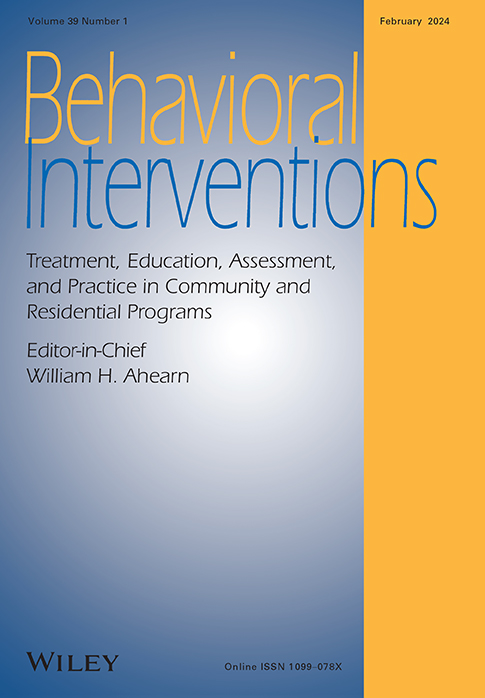Increasing leisure-item engagement in individuals with autism
This investigation was completed in partial fulfillment for the requirements for the M.S. degree in Applied Behavior Analysis by the third and fourth authors at Western New England University.
Abstract
The goal of the current study was to increase functional engagement with multiple leisure items for five individuals with ASD, who had limited leisure item engagement (i.e., they engaged with only one leisure item, and after that item was restricted, they exhibited no functional engagement with alternative activities). Response restriction (RR) preference assessments were conducted to assess pre- and post-training performance to determine if training was necessary and if performance maintained following training. A component analysis that involved progressively adding intervention components (prompting alone; prompting plus differential reinforcement of alternative behavior), and targeting simple engagement prior to functional engagement, was conducted. For all participants, the progressive treatment approach was effective in increasing functional engagement to criterion levels for all trained items. However, the effective training component(s) varied across participants and items. During the final post-training RR assessment, functional engagement maintained with all trained items for all participants.
CONFLICT OF INTEREST STATEMENT
The authors declare no conflict of interest.
Open Research
DATA AVAILABILITY STATEMENT
The data that support the findings of this study are available from the corresponding author upon reasonable request.




